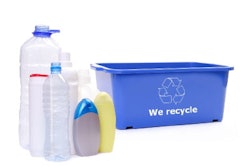
The U.S. Food and Drug Administration’s Medical Device Home Use Initiative, announced in April, aims to “support the safety and safe use of medical devices in the home” through the following five action points:
• Establish guidelines for manufacturers of home-use devices;
• Develop a home-use device labeling repository;
• Partner with home health-accrediting bodies to support safe use;
• Enhance post-market oversight; and
• Increase public awareness and education.
By opening the initiative document on the FDA’s Web site, you can read about a “pilot program through which manufacturers of devices labeled for home use may voluntarily submit their labeling electronically to FDA for the agency to post in a central location on its Web site. The pilot program will begin mid-summer 2010 and will last for 10 months.”
The report estimates that 7.6 million individuals in the U.S. now receive home healthcare and that in 20 years, 72 million will be age 65 or older.
Home care could further support the use of compliance-prompting packaging, as noted at the recent Healthcare Compliance Packaging Council’s 18th Annual National Symposium on Patient Compliance.
























